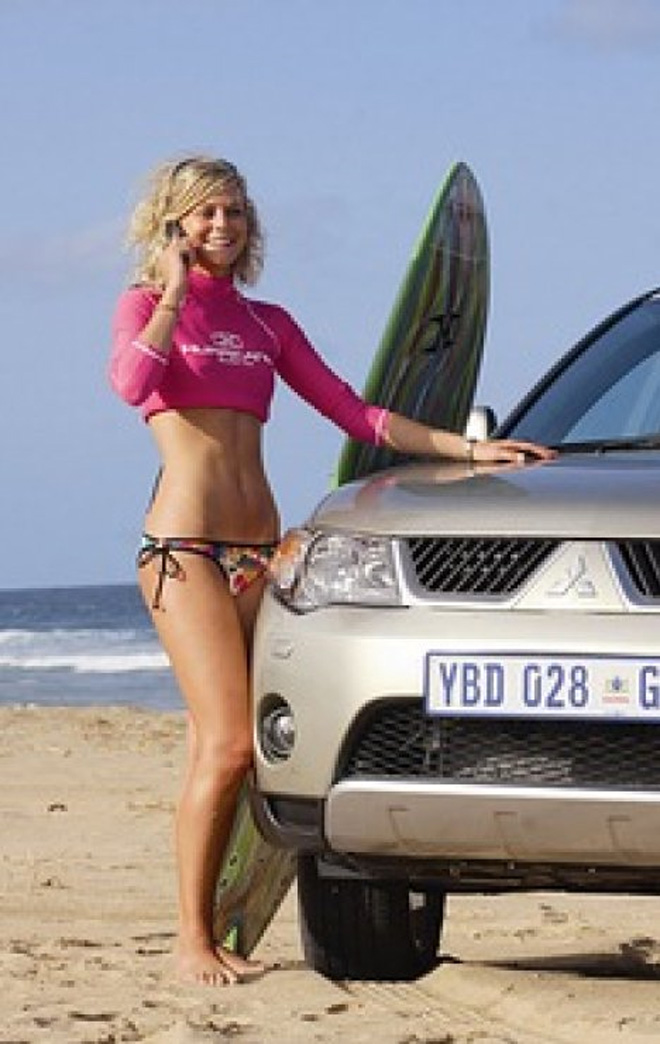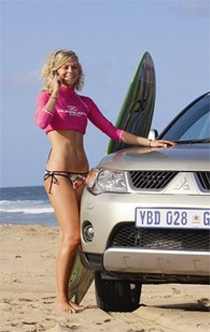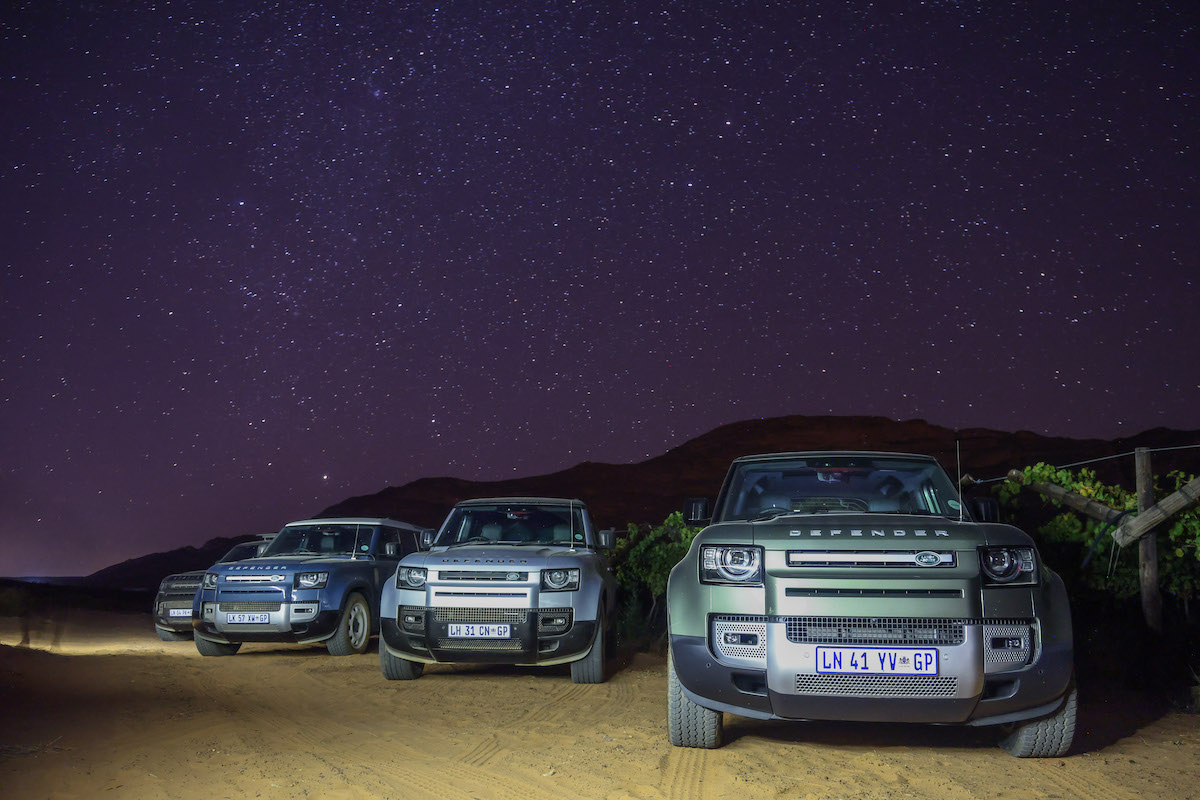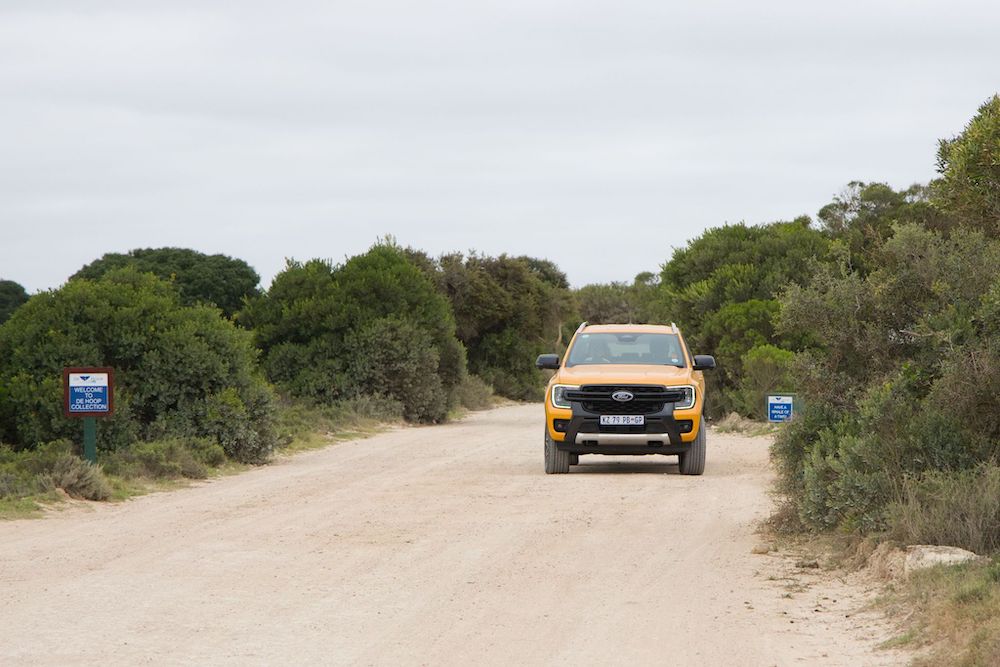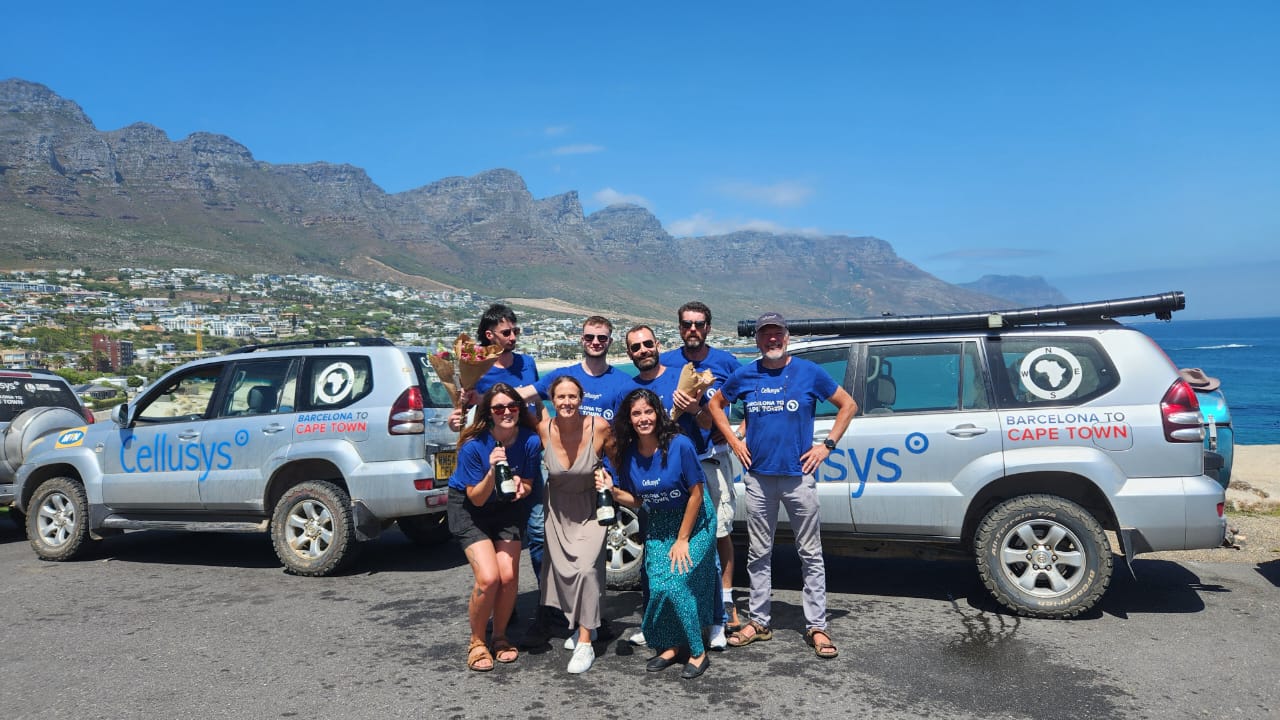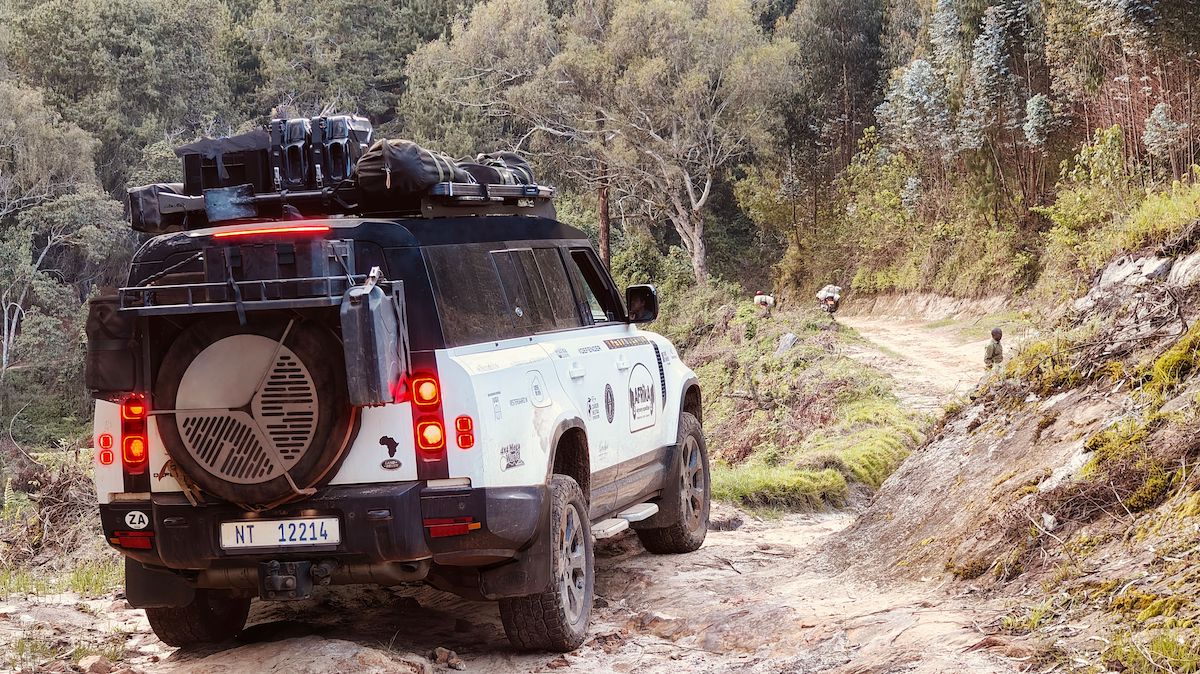adventure Drive
MITSUBISHI OUTLANDER GOES SURFING
Life’s a beach
Ryan Butcher is one of South Africa’s premier big-wave surfers. This special breed of fearless athletes tackle waves between 6,2m and 22m. That’s up to eight storeys of water! But to get to waves of any size, Ryan and friends need something practical, something 4×4-ish, and something stylish. Something like Mitsubishi’s Outlander 2.4 GLS AT
Text: Danie Botha
Photography: Jannie Herbst
“Hi there. I’m Ryan.” The friendly man with the firm handshake couldn’t have been professional surfer and surf shop owner Ryan Butcher. He seemed way too normal.
Where were all the beads, and the haven’t-shaven-in-a-week look? Or the vintage and somewhat beaten-up Volkswagen Kombi, colourfully decorated with flowers, and several scarred surfboards on the roofrack?
Instead, Ryan was neatly shaven and well dressed. He did not have long locks of unkempt hair, and he was driving a popular Japanese double cab 4×4 bakkie. And, no flowers painted on the bakkie either.
Indeed, the modern breed of professional surfer is far removed from the pioneers of the sport, made into legends through movies, documentaries and urban myths. Legends who used to live a carefree life in Hawaii in the Fifties and Sixties, where they slept on the beach, in their cars, or wherever they could find shelter.
When they weren’t surfing the big waves, they romanced pretty girls and lived off the land, catching fish and eating wild fruit.
The next moment a stunning beauty came walking out of Ryan’s Hurricane surf shop on the Umhlanga coast.
“Hallo. I’m Tash.”
Hah! So some things don’t change, and the surfer types still draw the beautiful girls like moths to a flame! But instead of being a drifter surviving in the great outdoors eating berries and coconuts, Natasha is a 23-year old medical student. She’s anything but a drifter. She also knows something about cars, it seemed.
“So this is the Outlander, hey? Is it the manual or the CVT version?” she asked.
Ryan had a momentary blank look on his face.
“CVT?”
CVT, for constantly variable transmission. And yes, the Outlander is equipped with this advanced gearbox. The system is called INVECS-III, and the advanced gearbox automatically selects the optimal ratio based on road and driving conditions. The very smart electronics also has the ability to adapt to a certain driver’s driving style.
Ryan still looked a bit perplexed.
It’s quite simple, really. The gearbox uses a pair of cone-shaped pulleys. One is connected to the engine output shaft and the second one, taking power to the wheels, is driven via a multi-link steel belt. Pressure from an oil pump changes the position of the pulleys relative to one another, changing the position of the belt and therefore the ratio between the drive and the driven “gears”.
The result is that, when you accelerate at full throttle, the engine’s revolutions will remain at the engine’s torque peak (226 Nm at 4100 r/min) during the entire process. This ensures that the engine remains at its level of peak efficiency, which also has a positive effect on fuel economy and exhaust emissions.
If you feel like a bit of manual labour, you can always shift the stubby gear lever to the right into a sequential gate. Then you end up with a six-speed semi-automatic with artificial “steps” created in the CVT system to give the impression of six distinct ratios.
“Ooookay. But it is a 4×4, right?” Ryan asked, looking for that second gear lever in the Outlander’s cabin that would indicate a low-range transfer gearbox.
Yes, it is, but unlike your bakkie it’s a system more suited to urban 4×4-ing. Or sand, dirt and mud.
“Is it the same system used in the Lancer Evolution?”
The lovely Tash is obviously more clued up on matters of motoring.
In the suspension department, a little bit, yes. But unlike the ferociously fast Evo sedan, the Outlander is normally only two-wheel driven, with four-wheel traction available through the turn of a dial.
This is because it is more fuel efficient to drive on tar with only two wheels doing the tugging, instead of all four. So the Outlander gets a dial selector between the front seats that enables the driver to select between front-wheel drive only, “automatic” four-wheel drive, and a 50:50 lock 4×4 mode. An electronically controlled viscous coupling integral with the rear differential determines the allocation of torque when in the “on-demand” 4WD Auto mode.
Just like the Evolution, the fully independently sprung Outlander gets a pair of monotube shock absorbers for the rear wheels, aiding handling.
“Twin overhead camshafts for the engine?”
Natasha was really enjoying this, as she helped Ryan load two surfboards on the Mitsu’s roofrack.
Indeed. The all-aluminium 2,4-litre engine features double overhead camshafts and Mitsubishi’s Innovative Valve Timing Electronic Control (MIVEC). The four-cylinder engine produces 125 kW at 6100 r/min and 226 Nm of torque at 4100 r/min. Thanks to this highly efficient technology, fuel economy is improved, lower exhaust emissions are obtained, and the engine provides sprightly performance.
But Ryan was getting restless. The sea was calling.
“Okay, so lets MIVEC, INVECS and CVT outta here. We just need to make a small detour to pick up young Tania. She’s at her horse-riding lessons.”
With all our and the surfing couple’s gear loaded into the massive load area behind the rear seats, we headed off to the riding school to pick up Tania.
The cavernous loading area, with the rear seats folded down, was of particular interest to medical student Natasha.
“It’s almost big enough to turn into a trendy 4×4 ambulance,” she remarked as she helped young Tania with her riding gear.
Right on. Even with all the seats in use and in their rearmost position (the 60/40 split rear seats can independently adjust backwards and forwards through 120mm), there’s 774 litres of space available. This grows to 882 litres when the chairs are moved forward. Fold them all away (as easy as pie) and there are 1691 litres – equivalent to 10 average baths filled to the brim – of utility space available.
Another innovative feature is a horizontally split tailgate, the lower portion opening to become a convenient low-slung seat and/or table for objects weighing less than 200kg.
Ryan noticed something else.
“Look! It’s a Mitsubishi attached to a Rockford-Fosgate sound system!”
Well, kind of. A unique Outlander attribute is the high-end Rockford-Fosgate sound system, with a 10-inch subwoofer taking pride of place in the loading area, out of harm’s way. This 650W system comes with a total of nine speakers, a six-CD head unit, and a “staging” function to provide different acoustics effects for different musical genres.
